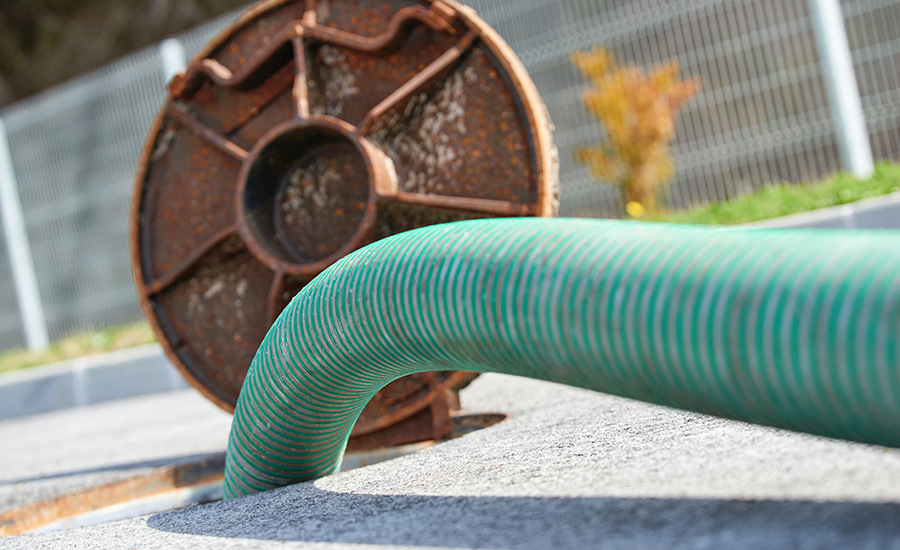A sewage back-up can wreak havoc on a property. Even small back-ups like in the bathroom of a single-family home can create lasting issues for the property owner or manager. When the mess is substantial, clean-up gets even harder.
How can restoration contractors ensure that they completely eliminate unwanted odors after a sewage back-up? The first step is to effectively clean the mess and eliminate the presence of hazardous humane waste. After that, it’s time to bring in your hydroxyl generators!
Cleaning a Sewage Back-up, Step-by-Step
- Open windows to create good ventilation. Cross-breezes are best!
- Remove all uncontaminated items from the area. Unfortunately, property owners and homeowners often need to throw out a lot of items after a sewage back-up. Be sure to speak to the property owner about what they can expect from the clean-up process.
- If there is standing water in the room, add a small amount of chlorine bleach to start the disinfection process and prevent the spread of bacteria.
- Wear appropriate Personal Protective Equipment (PPE). This can include rubber gloves, boots, safety eyewear, and a face mask. PPE keeps you safe from developing skin and respiratory infections. Always remember that sewage is highly hazardous.
- Remove the sewage water. This should be done as quickly as possible, likely with a pump. If the area is small, you can use a wet-dry vacuum.
- Dispose of all soil, debris, and materials in plastic bags.
- Discard anything that has been soaked in contaminated water.
- Remove saturated flooring, carpeting, insulation, drywall, paneling, and baseboards.
- Sanitize all surfaces with hot water and bactericidal disinfectants. This includes walls and floors. You will need to repeat this process at least twice.
- Dry the space within 24-48 hours of the incident. (If it has been more than 24-48 hours since the event occurred, be sure to inspect for mold.) Dehumidifiers and fans can be brought in for this step in the process.
- Use hydroxyl generators throughout the affected space to eliminate VOCs in the environment.
How Hydroxyl Generators Work
That last step of bringing in hydroxyl generators is absolutely essential to eliminating post-sewage odors.
Hydroxyl generators target volatile organic compounds (VOCs) in indoor environments. VOCs are left behind by chemical and biological reactions. When you go into an indoor space that has a musty, moldy, or dirty smell, you’re likely smelling VOCs.
Nature uses the sun to break down VOCs. Hydroxyl radicals (-OH) are naturally created in the atmosphere when ultraviolet rays from the sun break apart water vapor in the air.
Unfortunately, for a long time, there was not an effective way to create hydroxyl radicals indoors. The good news is that hydroxyl generators changed that!
Hydroxyl generators produce hydroxyl radicals indoors. These portable, affordable machines re-create nature’s processes. Instead of masking odors, using additional chemicals, fogging, spraying, or wiping, all you have to do is strategically place hydroxyl generators throughout the impacted indoor area and turn them on.
Contractors use hydroxyl generators to eliminate odors and provide a truly clean, sanitized environment to their clients. When disaster restoration contractors pack up their equipment and head home, the obnoxious (and dangerous) smells from backed-up sewage are gone.
If you’re in the market for hydroxyl generators, you have some options. Some people purchase several machines and keep them in their fleet because it’s so convenient and cost-effective. Others choose to rent hydroxyl generators, especially if they only occasionally do odor-removal work.

